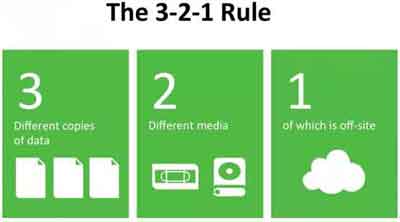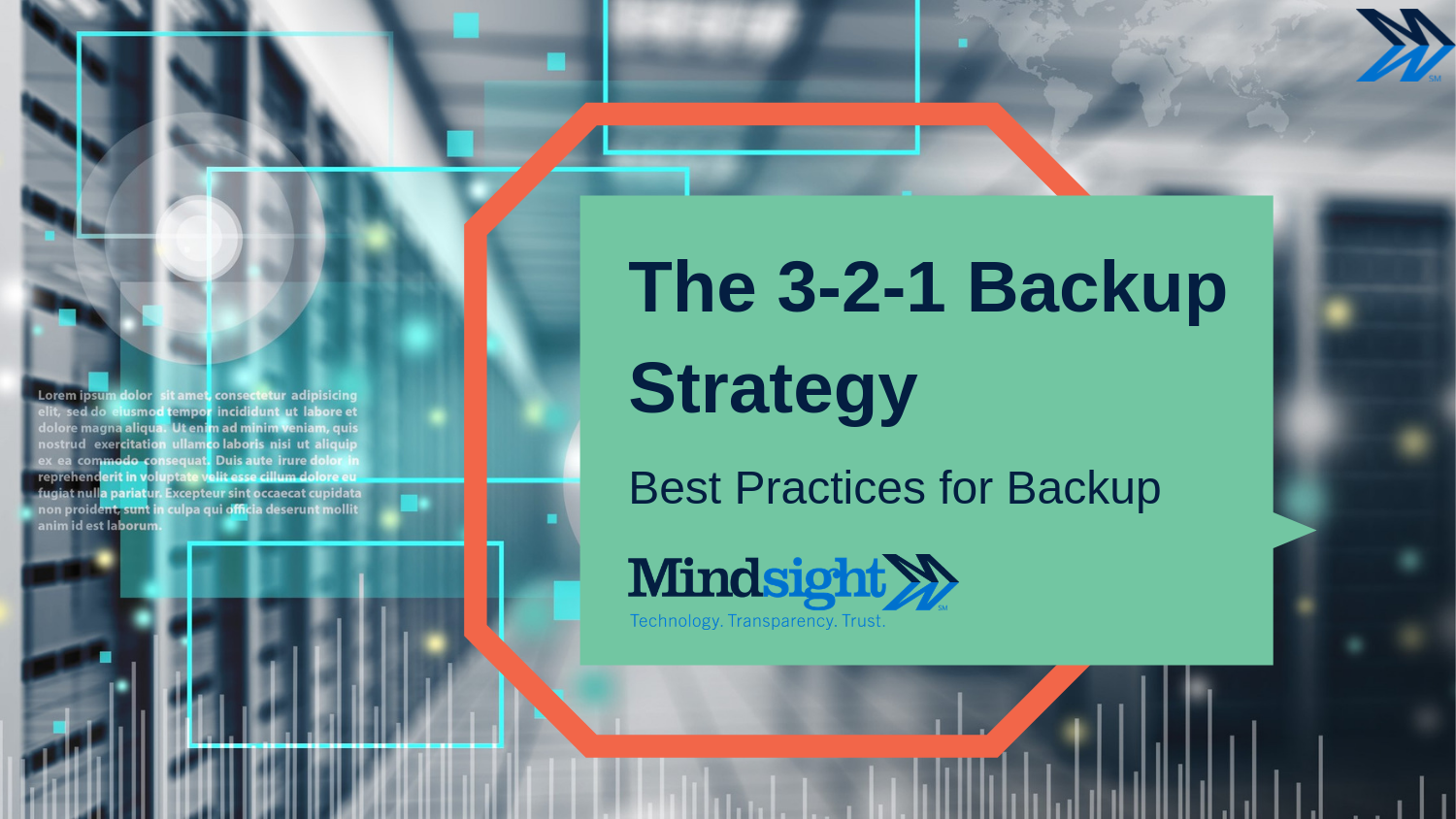
With good backups, businesses don't need to pay hackers to decrypt their data. This is well illustrated by the way hackers have pivoted their extortion strategies from encryption to exfiltration. The limitations of any backup strategyĪ multi-layer approach to business continuity is always best. From there, you can access your data remotely while protecting it from damage in case something happens at the primary site where backups are kept. Store at least one copy in an offsite location like a cloud storage or physical secure facility. This ensures that you have multiple versions in case one becomes corrupt or damaged due to unforeseen circumstances such as natural disasters or cyberattacks.Ĭhoose two different types of media such as external hard drives or RAID arrays so you have additional backups should one type fail. Keep at least three copies of each file both locally and in multiple locations (e.g., cloud storage). It provides an automated extra layer of security that ensures that even if something happens to one copy of your data, you will still have another accessible version somewhere else. That's why following the 3-2-1 principle for backup and offsite storage is so important. Our biggest concern with this strategy is that someone must remember to perform the swaps repeatedly, leaving room for error. Some businesses use a strategy known as "drive swapping." With this strategy, a member of staff manually switches two or more external drives intermittently, taking the redundant drives off-site. You could potentially lose years of critical data without having any way to recover it. A local backup solution is a good start, but disasters such as flood, fire, or cyberattacks can destroy local backups along with the original copy of the data. But there are still benefits to redundant on-site media, especially when needing to access large amounts of data quickly.īusinesses rely heavily on technology to store and manage their information. Some critics of the 3-2-1 rule suggest that a secondary copy of data on-site is unnecessary with the increasing stability and affordability of cloud storage. Why it’s important to follow this backup strategy The rationale behind this strategy is that if one copy of your data fails due to physical damage or corruption, you will still have two other copies available on different media so you can recover your data quickly. The 3-2-1 backup rule for data protection involves creating three copies of your data on two different types of media, with one copy stored offsite. Let’s explore what this means and why it's important. One of the best ways to protect your data is by following the 3-2-1 backup rule.
#3 2 1 backup methodology password#
Safeguarding this data should be done both through prevention (antivirus, password policies, etc.) and recovery (backup and data recovery) solutions. Whether it’s customer information, financial data, or intellectual property, your company’s data is valuable.

But, for our purposes, let’s modernize this principle to work for present day businesses.All businesses must take steps to protect their data.

The 3-2-1 rule became a popular concept thanks to Peter Krogh, a well-known photographer who wrote that there are two groups of people: those who have already had a storage failure and those who will have one in the future. The 3-2-1 backup rule is a revered and time-honored backup strategy recommended by Carnegie Mellon in a US-CERT (United States Computer Emergency Readiness Team) paper. Let’s illustrate this using the “3-2-1 Principle.” The 3-2-1 Principle works for any virtual environment regardless of the hypervisor you are running (VMware, Hyper-V, etc.). With these solutions being a critical component of an organization’s recovery strategy (and necessary in getting systems up and running with minimal disruption and impact to business continuity), surprisingly, data backup continues to be overlooked. In addition, antiquated technology (tape drives) may still be used that may cause downtime to be lengthened if recovery from backups is necessary. While organizations have readily spent thousands of dollars for the best security programs and tools to lock down infrastructure, many have yet to make the same commitment to their data management solutions. Therefore, every company should have a solid backup and recovery strategy. There’s no doubt that viruses and malware can do significant damage to your systems and your business.


 0 kommentar(er)
0 kommentar(er)
